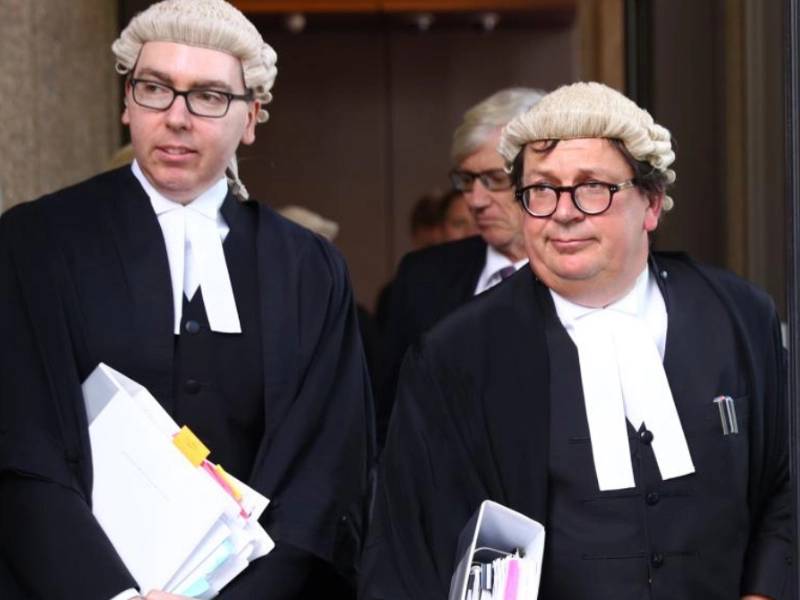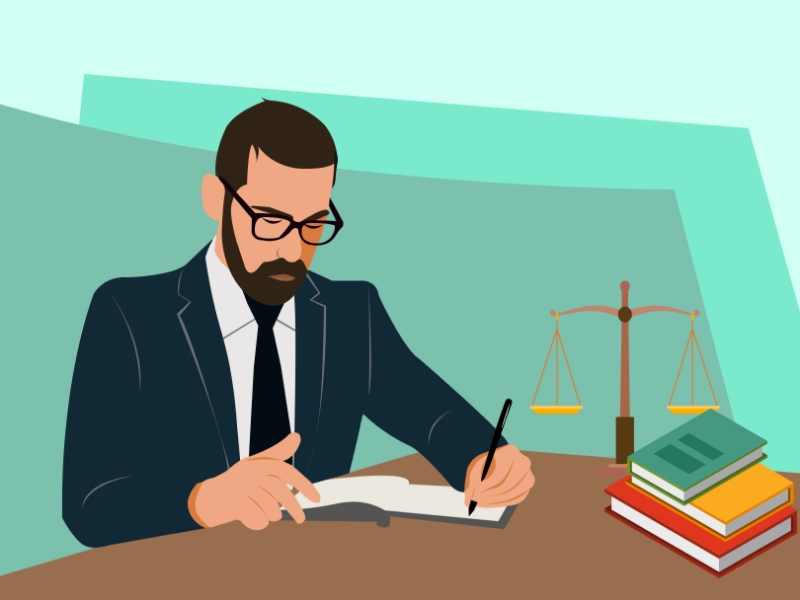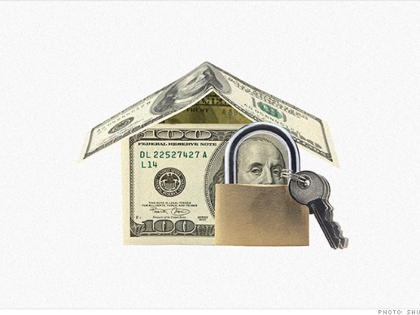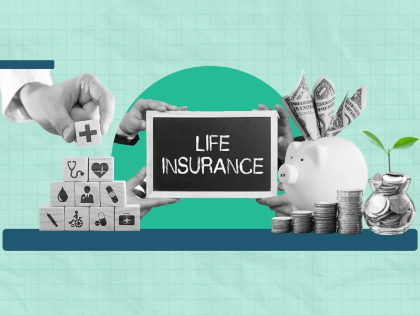Personal Injury Case Types
Two areas of civil law that concentrate on obtaining justice through monetary recompense for the aggrieved party are personal injury and medical malpractice. The goal of these damages is to make up for all of the victim's losses—both monetary and non-monetary. The legal duty of care, which requires everyone to act in a way that keeps others from suffering foreseeable harm, is the core idea in personal injury claims. Personal injury cases come in a wide variety, each with its own special traits and requirements from the law.
Vehicle Accidents

Accidents at Work
 Workplace injuries are another prevalent category of personal injury cases, aside from auto accidents. Any kind of mishap that happens while a person is carrying out their job or within the purview of their employment responsibilities is referred to as a workplace injury. For instance, it would be considered a workplace accident if an employee used a company car while on yearly paid leave to visit coworkers or pick up personal belongings.
Another frequent category of personal injury claims is those involving slip and fall accidents, which usually come under the larger umbrella of premises liability. According to this legal theory, property owners are obligated to maintain the safety of their surroundings and alert guests to any potential dangers.
A significant component of personal injury claims are damages, which vary depending on how serious the accident was. They consist of less quantifiable harms like pain and suffering in addition to quantifiable expenditures like medical bills and missed income.
Workplace injuries are another prevalent category of personal injury cases, aside from auto accidents. Any kind of mishap that happens while a person is carrying out their job or within the purview of their employment responsibilities is referred to as a workplace injury. For instance, it would be considered a workplace accident if an employee used a company car while on yearly paid leave to visit coworkers or pick up personal belongings.
Another frequent category of personal injury claims is those involving slip and fall accidents, which usually come under the larger umbrella of premises liability. According to this legal theory, property owners are obligated to maintain the safety of their surroundings and alert guests to any potential dangers.
A significant component of personal injury claims are damages, which vary depending on how serious the accident was. They consist of less quantifiable harms like pain and suffering in addition to quantifiable expenditures like medical bills and missed income.
Incidents of Slip and Fall
 Should you trip and fall on someone else's private or business property and sustain injuries, you can be qualified for damages. We refer to this area of law as premises liability. The property owner must have created the hazardous surface or hazard, known about the dangerous condition and failed to take action to remedy it, or should have known about the risk and failed to make the premises safe in order to be held accountable for a trip or slip and fall disaster.
It is possible for victims of a slip and fall occurrence to get both non-economic and economic damages. Non-economic losses can include suffering and agony, but economic damages can include lost wages and medical costs. After a slip and fall, small scrapes and bruises could conceal more serious injuries beneath the skin, such as fractured bones, head trauma, spinal cord injuries that result in paralysis, and chronic pain that makes it difficult for you to work or spend quality time with your family.
Should you trip and fall on someone else's private or business property and sustain injuries, you can be qualified for damages. We refer to this area of law as premises liability. The property owner must have created the hazardous surface or hazard, known about the dangerous condition and failed to take action to remedy it, or should have known about the risk and failed to make the premises safe in order to be held accountable for a trip or slip and fall disaster.
It is possible for victims of a slip and fall occurrence to get both non-economic and economic damages. Non-economic losses can include suffering and agony, but economic damages can include lost wages and medical costs. After a slip and fall, small scrapes and bruises could conceal more serious injuries beneath the skin, such as fractured bones, head trauma, spinal cord injuries that result in paralysis, and chronic pain that makes it difficult for you to work or spend quality time with your family.
Medical Errors
 The harmed patient must demonstrate that the treating physician's actions constituted professional negligence in order to establish medical malpractice. This implies that there must be four requirements for a case to be valid: a patient-owed duty of care, a duty of care that is breached, an injury brought on by the breach, and a substantial loss.
Physicians are supposed to conduct themselves in accordance with recognized standards of care, and the majority of them have malpractice insurance. Along with maintaining accurate medical records, doctors must also interact with other members of the healthcare team on a frequent basis.
An injured party must submit evidence obtained during pretrial discovery that is most likely to persuade a jury of the presence of malpractice and the severity of the injury it caused in order to establish that a doctor violated their duty. The defendant's attorneys must subsequently make a number of claims, known as defenses, that refute the plaintiff's evidence. Cases involving medical misconduct are difficult and time-consuming.
The harmed patient must demonstrate that the treating physician's actions constituted professional negligence in order to establish medical malpractice. This implies that there must be four requirements for a case to be valid: a patient-owed duty of care, a duty of care that is breached, an injury brought on by the breach, and a substantial loss.
Physicians are supposed to conduct themselves in accordance with recognized standards of care, and the majority of them have malpractice insurance. Along with maintaining accurate medical records, doctors must also interact with other members of the healthcare team on a frequent basis.
An injured party must submit evidence obtained during pretrial discovery that is most likely to persuade a jury of the presence of malpractice and the severity of the injury it caused in order to establish that a doctor violated their duty. The defendant's attorneys must subsequently make a number of claims, known as defenses, that refute the plaintiff's evidence. Cases involving medical misconduct are difficult and time-consuming.








